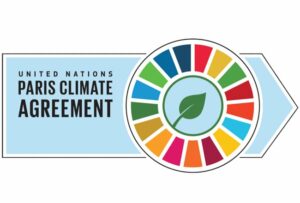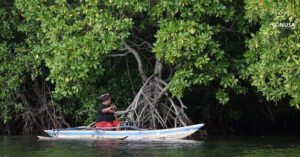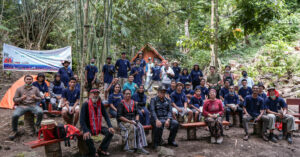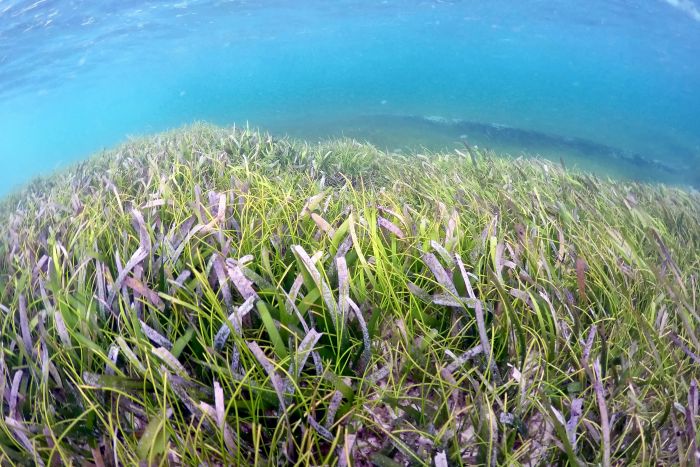
Have you ever heard of the seagrass ecosystem? Seagrass beds may not be as well-known as other underwater ecosystems like mangrove forests or coral reefs. However, this ecosystem actually also has many benefits! According to research undertaken by the Indonesian Institute of Sciences (LIPI) in 2018, the area of seagrass in Indonesia that has been validated and verified is 293,464 ha.
Unfortunately, human activities such as seawater pollution and the presence of oil production facilities in the middle of the sea are currently causing damage to numerous seagrasses around the world. According to a study, the world has lost seagrass the size of a football field every 30 minutes since 1980. (Dennison, 2009). Therefore, it is essential that we pay more attention to the presence of seagrass beds, starting with a better understanding of this ecosystem. Let’s check out this article to learn more about seagrass beds and their benefits!
What is Seagrass?
Seagrass is a flowering aquatic plant that can be found in shallow water up to 90 meters deep. There are 15 species of seagrass in Indonesia, out of a total of 60 species found worldwide. Meanwhile, a stretch of marine plants that covers a shallow sea region and can be formed by one or more varieties of seagrass is referred to as seagrass beds. Because there is a reciprocal interaction between seagrass as plants and other marine creatures, seagrass beds can be considered an ecosystem.
Seagrass: Super Plants with A Lot of Benefits
1. Habitat and food sources for various marine biota
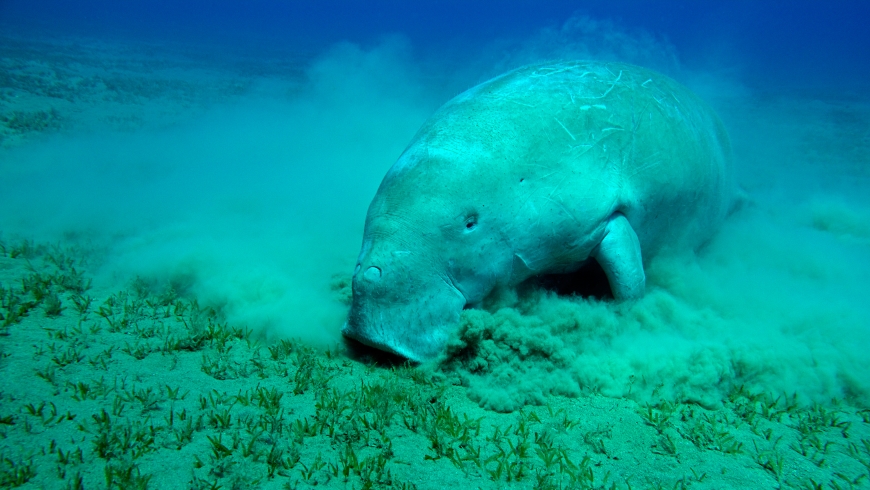
Seagrass beds serve as both a shelter and a food source for marine species, primarily small fish. In addition, seagrass is also the primary food source for a number of endangered species, including dugongs and turtles. If the number of seagrass plants continues to decline, these animals will face extinction more quickly due to a lack of food.
2. Carbon Absorber
Another essential function of seagrass beds is that they act as a carbon sink. Seagrass ecosystems can absorb twice as much carbon as forests, according to a study by Nature Geoscience. It is estimated that each hectare of seagrass beds can absorb up to 6.59 carbon per year. Because of this potential, seagrass beds have become one of the most important weapons in the fight against the climate crisis.
3. Resistance to ocean current and waves
The dense leaves of the seagrass also help to calm the currents and waves of sea water that flow towards the mainland. As a result, the sea water near the coast will be calmer, and beach erosion will be avoided. Coastal communities, of course, benefit from this because they and their homes are protected from the brunt of the ocean waves.
4. Improve the clarity of shallow sea waters
The next main advantage of seagrass is that it can improve the clarity of shallow sea waters. This is due to the fact that seagrass can filter dust and dirt from the sea water’s surface. Seagrass can also be a sign of a clean and healthy water ecosystem. If the ocean appears dirty, there is usually very little seagrass in the surrounding area.
5. Bring economical benefits to surrounding communities
Seagrass is used by many people to make handicrafts and other things. in addition to offering advantages to marine ecology. Baskets, mats, and bags, for example, are weaved from it. Aside from that, seagrass can also be used as a fertilizer. Later, these items can then be used for their personal use or sold to tourists.
So, now you know that seagrass beds are marine plants with a lot of advantages! Therefore, we must be more aware of its existence and take it more seriously. Aside from the seagrass ecosystem, the sea is home to a variety of plants and other marine animals that we must preserve in order to benefit one another. If we are serious about protecting the sea, it will also benefit humans in a variety of ways. Do you want to learn about other important marine issues and how to preserve them? Let’s have a look at the EcoNusa YouTube account and see some videos from the Sail to Campus program!






